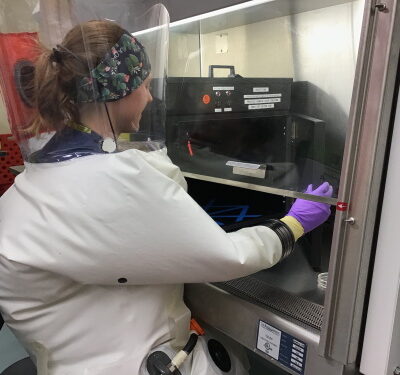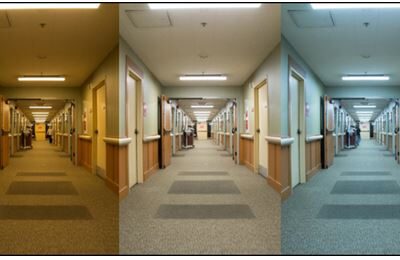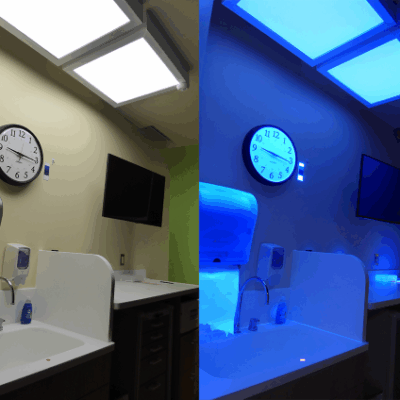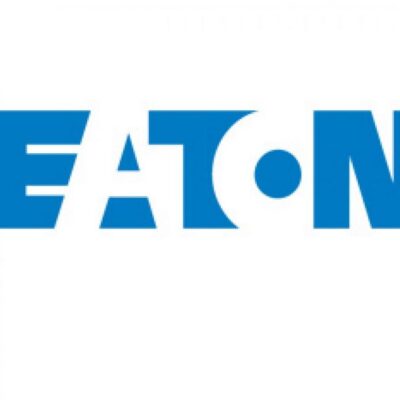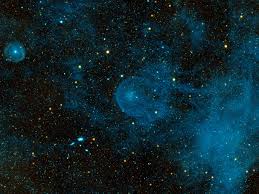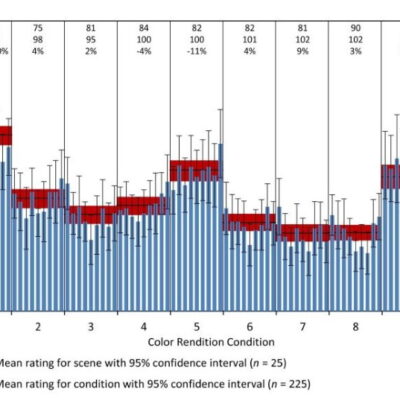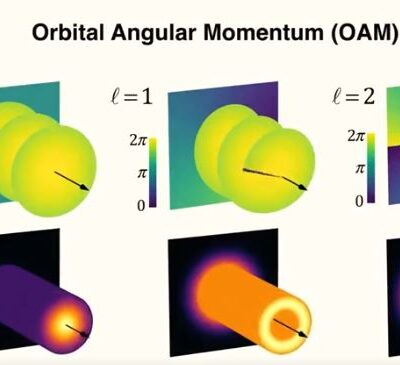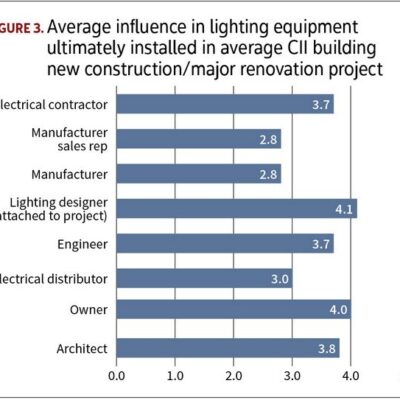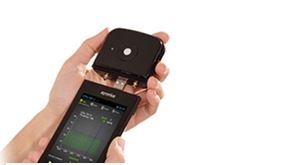The COVID-19 pandemic has spurred fresh interest in UV-C as a way to disinfect objects and surfaces. Signify and the National Emerging Infectious Diseases Laboratories (NEIDL) at Boston University conducted research that demonstrates effectiveness of the company’s UV-C light sources on the inactivation of SARS-CoV-2, the virus that causes COVID-19.
Research
Study Measures Light Exposure and Its Effects on Sleep and Behavior in Nursing Care Center
The Pacific Northwest National Laboratory (PNNL) recently released the results of a U.S. Department of Energy-funded study, Measuring Light Exposure and its Effects on Sleep and Behavior in Care Center Residents.
LRC Evaluates Hybrid UV Lighting System to Reduce Healthcare-Associated Infections
The Lighting Research Center (LRC) at Rensselaer Polytechnic Institute is investigating light-based disinfection using short-wavelength light, ranging from ultraviolet (UV) to blue light (200 nm to 410 nm).
Lighting Research Center Partners With Eaton on 3D Printed LED Luminaires
Rensselaer’s Lighting Research Center has partnered with Eaton Corporation on a project to develop a complete additively manufactured, LED-integrated luminaire. Under funding from the United States Department of Energy, the project will address the main barriers to widespread adoption of additive manufacturing technology (also known as 3D printing) as applied to solid-state lighting.
Light Observations Suggest Universe May Not Be Flat But A Sphere
Observation data produced by the Planck Satellite Mission suggests the universe may not be flat, as popularly believed by scientists, but a sphere.
DOE Study Validates TM-30 Color Preference Specification
The Pacific Northwest National Laboratory (PNNL) recently released the results of a U.S. Department of Energy-funded study, published in Lighting Research & Technology, that validates color preference specification criteria based on American National Standard Institute and Illuminating Engineering Society TM-30-18. The results support TM-30 Annex E recommendations that allow lighting professionals to communicate different color rendition goals (preference, vividness, and fidelity) with far greater precision than prior methods.
DOE Announces RFI on Lighting Research and Development Opportunities
The U.S. Department of Energy’s (DOE’s) Building Technologies Office (BTO) has issued a Request for Information (RFI) (DE-FOA-0002160) to seek broad stakeholder input to inform the strategic direction of the DOE lighting research and development (R&D) portfolio. The purpose of the RFI is to better understand how lighting research goals can be refined to reflect evolving technology needs and inform related R&D activities.
Scientists Discover New Property of Light
Researchers in the U.S. and Spain recently announced they have discovered a new property of light, called self-torque. They found that light can be twisted.
Craig’s Lighting Articles, Research
ELECTRICAL CONTRACTOR Publishes Lighting Survey Results
Electrical contractors consider themselves highly influential in lighting-equipment selection for both new construction and retrofit projects. That’s one key finding from the 2019 CII Lighting Trends Survey, which ELECTRICAL CONTRACTOR conducted using the 1,000 members on its Subscriber Research Panel.
DOE Releases Study on Handheld Flicker Meters
The U.S. Department of Energy (DOE) recently released findings of a new study on handheld flicker meters. The study found that handheld flicker meters today are capable of providing performance nearing that of a benchtop meter in a controlled environment.


